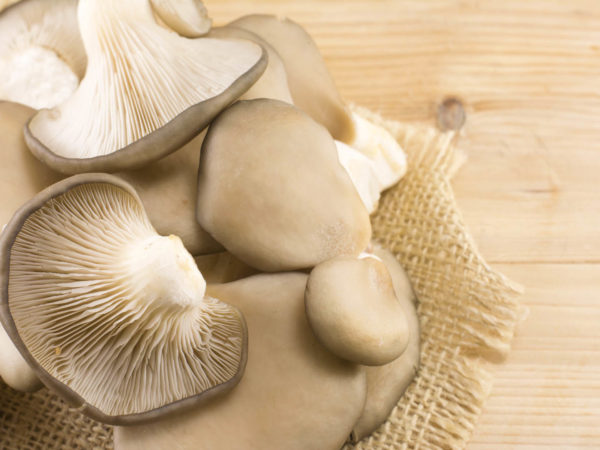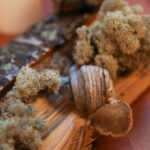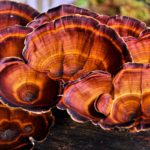Medicinal Mushrooms Grown On Purple Kculli?
I have read that mushrooms grown on purple kculli corn are a super healing food. True?
Andrew Weil, M.D. | September 11, 2009

I’m a great believer in the immune-enhancing and cancer-protective properties of such mushrooms as shiitake, oyster, maitake, enoki, and other Asian species. Many are edible and delicious. Some, like reishi, are too woody or bitter to eat but can be used in the form of extracts. Medicinal mushrooms grown on purple kculli corn from Peru are being promoted on the Internet as having greater healing and health-protective power than those grown on wood, straw, or other material. I’m skeptical about those claims, so I consulted an expert, Paul Stamets, a noted mycologist and founder of Fungi Perfecti, a well-known and reputable supplier of medicinal mushrooms.
Paul voiced some misgivings about the practice of growing mushrooms on purple kculli corn and about the safety of these products. His biggest concern is that there is no easy way to tell if undesirable species of fungi, such as the toxic Aspergillus flavus, are also growing on the blue corn, since the color of the corn masks these contaminants.
Stamets added that while Fungi Perfecti typically loses about five bags of mycelium per 1,000, other companies often have up to a 10 percent contamination rate. This could mean that mushrooms growing on blue corn will likely carry blue green molds (he noted that Aspergillus flavus can be blue green) into the production line, and with them various natural toxins, including aflatoxin, known to cause liver cancer.
Unless quality control is in the hands of a top-notch mycologist, Stamets said that consuming mushroom products can be a form of Russian roulette. He added that he personally would not ingest mushrooms grown on purple kculli corn without being fully satisfied as to the expertise of the personnel involved in production.
Andrew Weil, M.D.
Learn more: All About Mushrooms












